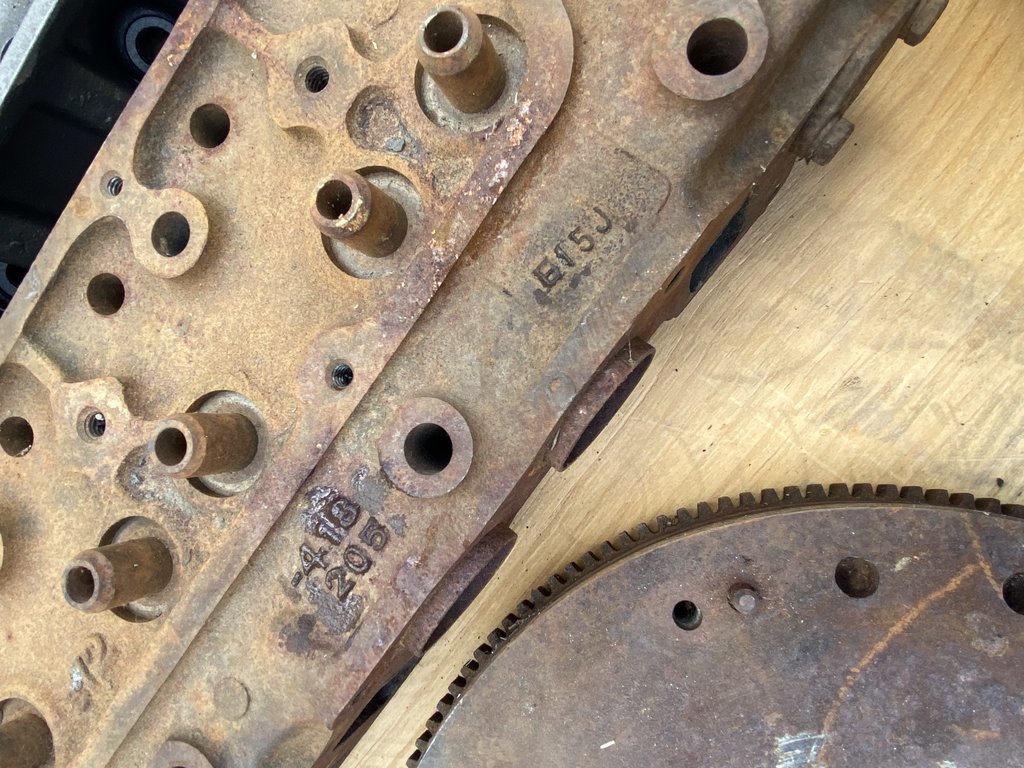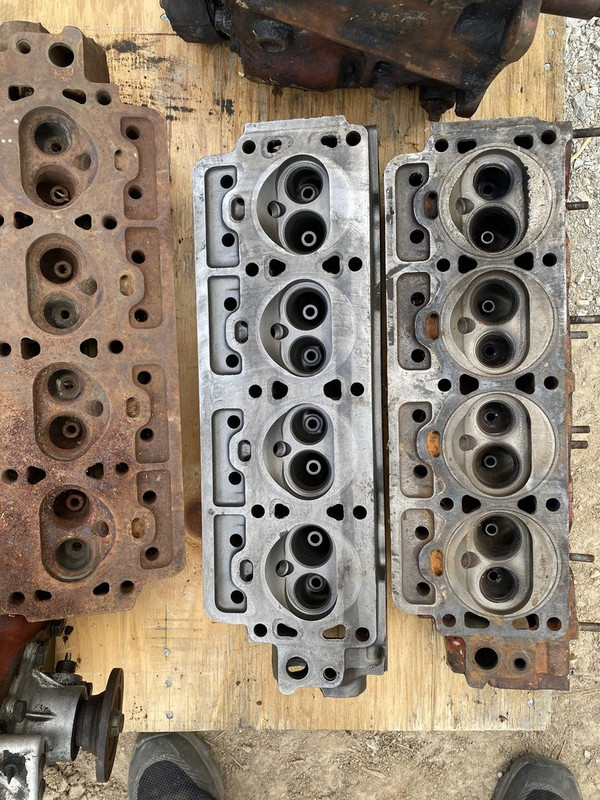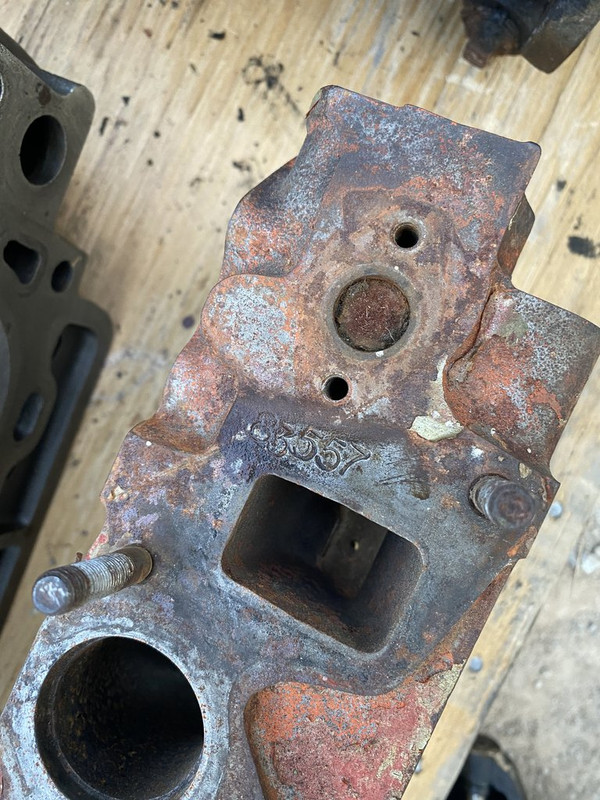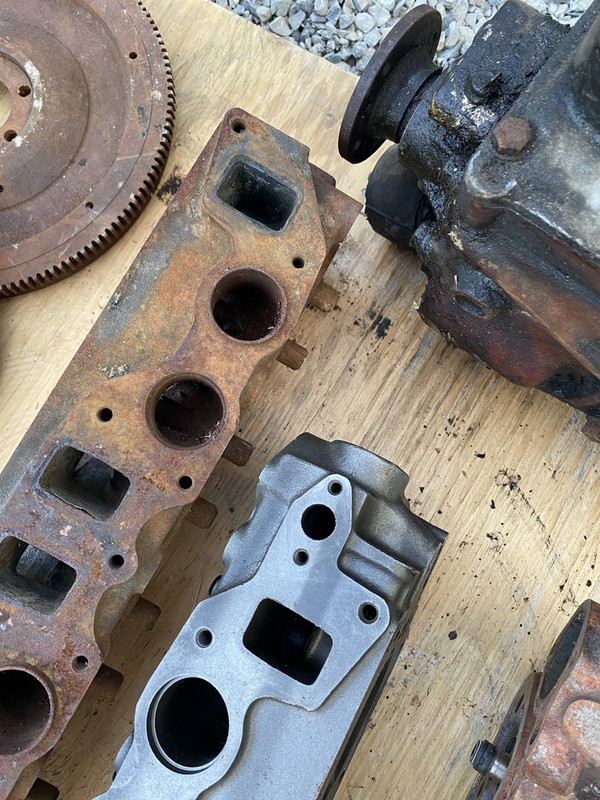Vol242vo
Keep it clean...
- Joined
- Feb 24, 2005
- Location
- Spokane, WA
Can anyone shed some light on these heads I was given in a recent 122 purchase?
The one marked 2TBG clearly has bigger valves. Outside of that I?m a newb with these heads.





The one marked 2TBG clearly has bigger valves. Outside of that I?m a newb with these heads.










